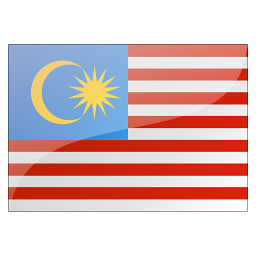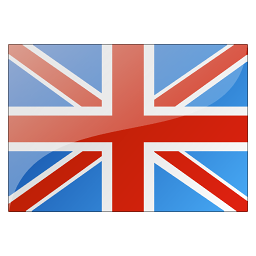



The main reason to come to Semporna is to get yourself over to the Semporna Archipelago, a short boat journey away. The dive companies are all conveniently located in the same area, and many have a dive center at the resorts on Mabul Island. If you've booked your dive and stay from KK already, you'll be picked up from the airport by your respective tour company and spirited straight to Semporna's port and onto your end destination, so there's no need to stay a night here.

Kuala Terengganu is the capital of Terengganu. It occupies a promontory jutting into the South China Sea and is flanked by the estuary of Sungai Terengganu. The city is a microcosm of Malaysia’s economic history: fishing village strikes oil and rapid modernity ensues. In just a few years this once sleepy town has been inextricably altered. Land reclamation and development of the waterfront has seen the creation of attractive parks and parades plus a modern harbour that has one of Asia's biggest drawbridges. Despite the rapid modernisation Kuala Terengganu retains plenty of charm. Here you'll find one of eastern Peninsular Malaysia’s prettiest and most interesting Chinatowns, and old kampong-style stilt-houses can still be found just across the river. With seafood-heavy local cuisine and good transport links, it's definitely worth spending a day or two in Kuala Terengganu in between the islands and jungles.

Looking out to distant isles across the Bay of Sandakan, where fishing trawlers dot the teal-blue waters, the former colonialist capital of British Borneo is a buzzing little city used by travelers as a gateway to the Sungai Kinabatangan and Sepilok. German merchants, Dutch and Chinese planters, Arab and Indian traders, and pearl divers all had their heads turned by Sabah's second city at some point, until it was razed to the ground by the British during WWII in an attempt to shake off the invading Japanese. Today the compact centre is buoyed by the success of the palm-oil industry and those who linger here will find religious relics, colonial mansions and haunting mementoes of WWII dotted across the city.

Malaysia’s northeasternmost state is often considered to be a waypoint between Thailand and the white-sand beaches of Pulau Perhentian, Redang or Kapas. Those who don’t linger miss out experiencing a stronghold of traditional Malay culture and one of Southeast Asia’s great buffer zones, combining a distinctive blend of Malay, Chinese, Indian and Thai cultures.

With a sweeping white beach bordered by coconut palms, this small village of guesthouses and shops is a very popular spot for surfing, windsurfing and general beachfront slacking. Outside of the surf season, Cherating can be dead quiet, which only adds to the appeal, with the occasional sound of a guitar strumming between the rustling palms or the heavy thud of a falling coconut.

One of the contributions the Japanese made to Borneo during WWII, Poring Hot Springs has become a popular weekend retreat for locals. The complex is part of the Kinabalu National Park, but it's 43km away from the park headquarters, on the other side of Ranau, with its own accommodation options.

Johor’s capital city of Johor Bahru (JB for short) has been repaved and replanted and is well on the way to rebranding itself, after years of being habitually criticised as a dirty, chaotic border town.

Most travelers pause briefly in Pahang's capital and Malaysia's second-biggest port to break up longish bus trips. This is a shame; while the city isn’t especially geared towards tourism, it is definitely interesting enough to warrant a day or two’s exploration. There's an excellent museum, plenty of great places to eat, decent accommodation choices and the nearby sands of Teluk Chempedak with upmarket resort accommodation and beach views. The vast mosque is also a fantastic spectacle when illuminated at night, the padang is huge and refreshingly cool in the morning and at late afternoon, while food markets set up nearby towards evening.

Dominating an archipelago of more than 100 islands and islets, Pulau Langkawi is synonymous with sandy shores, jungle-cloaked valleys and bargain shopping. Blonde beaches are the biggest draw, but this 478.5-sq-km island has been duty free since 1987, making low-cost kitchenware a close second.

Born of the British desire to fashion the teeming jungle into a pleasant park, the Lake Gardens (now officially named Tun Abdul Razak Heritage Park) remains a lush breathing space at KL's heart and home to top museums, themed parks and other monuments and sights. The transport and business hub KL Sentral and neighbouring Brickfields are immediately south of here.